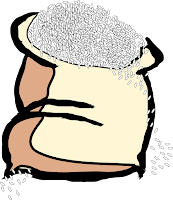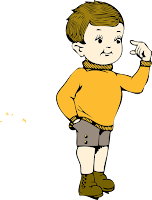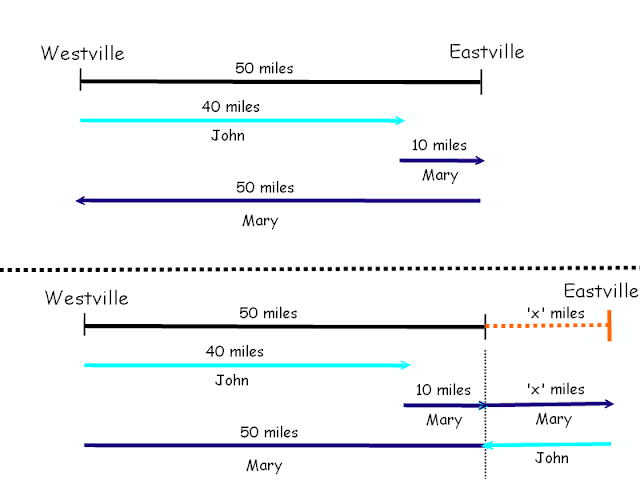"Are you holding true or fake coin?"
You have 101 coins, and you know that 50 of them are counterfeit. Every true coin has the same weight, an unknown integer, and every false coin has the same weight,which differs from that of a true coin by 1 gram. You also have a two-pan pointer scale that will show you the difference in weight between the contents of each pan. You choose one coin.
Can you tell in a single weighing whether it’s true or false?
Well, this trick will help you to identify that coin!
Can you tell in a single weighing whether it’s true or false?
Well, this trick will help you to identify that coin!



















